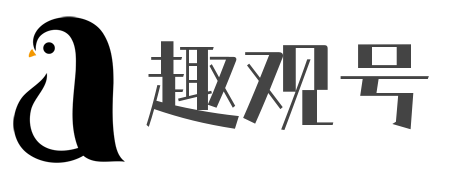藏地高原风光壮美,四季分明,人文、自然景观众多,心灵之地。在这片广袤的土地上,藏族人民繁衍生息、劳作耕种,维护着一种独特的生态系统。在藏语中,牦牛被称为“藏新”,因其为藏民提供食品、原料、装饰品、工具等多种用途,是藏民不可缺少的生产资料之一。
牦牛是青藏高原的重要家畜之一,被誉为“青藏高原的摇钱树”,常常作为藏民的资产、象征、财富存储等多种用途。在藏民世世代代的生活和传承中,牦牛扮演着举足轻重地角色,也成为藏族文化的宝贵组成部分。
早晨,当太阳逐渐升起,在大片的草原上可以看到群群牛羊在茵茵的草地上吃草,随意走着、奔跑着,优雅而自由。所以,很多时候,我们看到的藏民生活场景都是围绕着着牦牛打造出来的。在高原上漫步,看到有牦牛走街入巷,悠然自得,脸上痕迹,安静而谦卑。那些最原始的流浪,那些粗犷而稳健的行走,体现出青藏高原的独特风情。

牦牛的肉和毛皮在藏区是极具食用价值的,人们用牛肉制作出各种美味佳肴,比如“酥油茶、青稞面、奶茶”等等。而毛皮则能够制作成为支部的御寒衣物,盼望着严冬的来临,藏族的老人们会抖着双手,翻出自己的毛皮大衣,毛茸茸的感觉就像是温暖的怀抱。当然,不仅仅是牛肉和毛皮,还有藏民的生存工具–岩羊角杯,岩羊角杯粗犷而典雅的样子充满了草原的留声,是藏民节日宴席上的美食器具,也是古时候藏族人民与神灵交流祈福的重要工具。
当然,如果你是一位真正的旅游爱好者,那么你来到青藏高原的首要任务肯定是欣赏一下那片昆仑雪山或是八仙岭的迷人美景。但是在享受自然风光的同时,不能忽略高原上的文化色彩。很多生活在高原的藏民、羌族、普米族等,传统生活方式和民俗习惯非常有特色,而这些特色的来源往往便是他们相依为命的牲畜,尤以牦牛最为代表。
Tibet is a stunning place with distinct natural and cultural landscapes, famous for its unique ecosystem and the Tibetan ethnic group. Among various domestic animals in Tibet, the yak plays a crucial role in the life of Tibetan people which is called ‘Tsambrang’ in the vernacular. Yak is an essential asset, symbol, and wealth storing goods in Tibetan people’s life and culture.
In the morning, when the sun gradually rises, you can see groups of yaks and sheep grazing over vast grasslands, moving and running casually, so free and elegant. Thus, many interesting things in Tibetan life are built around the yaks. When taking a walk on the plateau, you may see yaks freely wandering in lanes or alleys, with traces on their faces, being quiet yet humble, reminding you of the unique style of Tibet.
Yak meat and fur are very much valued food in Tibet. Dishes made from yak meat are delicious like butter tea, tsampa and milk tea. Yak fur can be used to make warm clothing, and for the local elderly people who patiently wait for winter season to arrive, it feels like a warm embrace of home. Moreover, yak horn cups are another useful product, rustic and elegant, full of sound from the grasslands, which is not only a tableware but also an important tool for Tibetan people to communicate with deities.
Of course, if you are a true travel enthusiast, appreciating stunning natural landscapes is the primary reason why you visit the Tibet Autonomous Region. But at the same time, it is hard to ignore the cultural emphasis when you are enjoying the local folk environments. Many ethnic minorities, such as Tibetan people, Qiang people, and Pumi people living on the high plateau, have had their unique traditional living styles and folk customs which contribute to the colorful culture of Tibet, with yaks undoubtedly representing one of the most significant aspects.
本文来自网络转载,仅供学习参考!不代表趣观号立场,本站不拥有所有权,不承担相关法律责任。如发现本站有抄袭侵权/违规的内容,请发送邮件至alexguanghui@outlook.com进行反馈,一经查实,本站将立刻删除。
